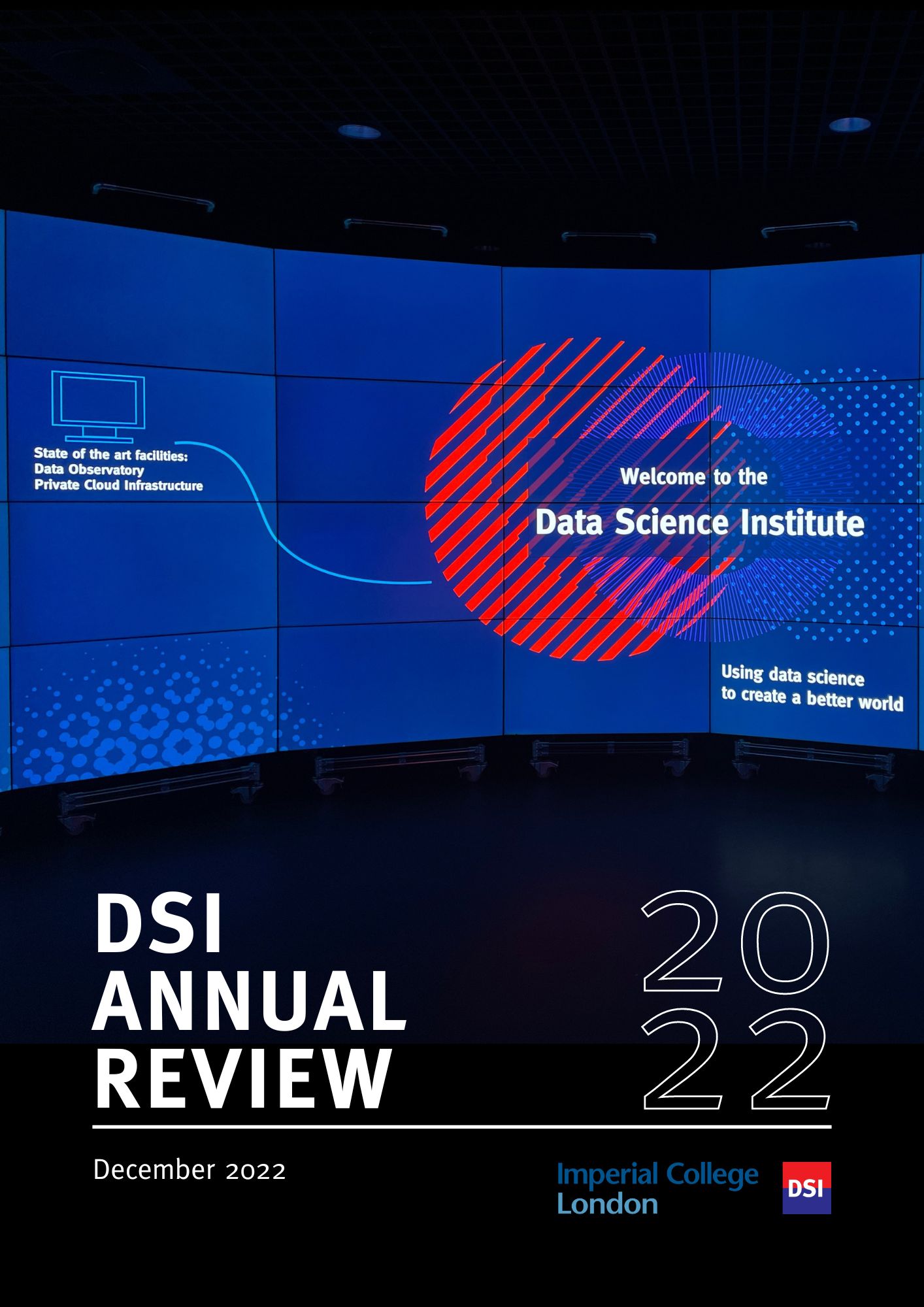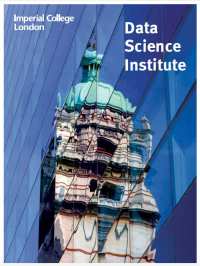BibTex format
@article{Balaban:2021:10.1016/j.jacep.2020.08.036,
author = {Balaban, G and Halliday, B and Bradley, P and Bai, W and Nygaard, S and Owen, R and Hatipoglu, S and Ferreira, ND and Izgi, C and Tayal, U and Corden, B and Ware, J and Pennell, D and Rueckert, D and Plank, G and Rinaldi, CA and Prasad, SK and Bishop, M},
doi = {10.1016/j.jacep.2020.08.036},
journal = {JACC: Clinical Electrophysiology},
pages = {238--249},
title = {Late-gadolinium enhancement interface area and electrophysiological simulations predict arrhythmic events in non-ischemic dilated cardiomyopathy patients},
url = {http://dx.doi.org/10.1016/j.jacep.2020.08.036},
volume = {7},
year = {2021}
}
RIS format (EndNote, RefMan)
TY - JOUR
AB - BACKGROUND: The presence of late-gadolinium enhancement (LGE) predicts life threatening ventricular arrhythmias in non-ischemic dilated cardiomyopathy (NIDCM); however, risk stratification remains imprecise. LGE shape and simulations of electrical activity may be able to provide additional prognostic information.OBJECTIVE: This study sought to investigate whether shape-based LGE metrics and simulations of reentrant electrical activity are associated with arrhythmic events in NIDCM patients.METHODS: CMR-LGE shape metrics were computed for a cohort of 156 NIDCM patients with visible LGE and tested retrospectively for an association with an arrhythmic composite end-point of sudden cardiac death and ventricular tachycardia. Computational models were created from images and used in conjunction with simulated stimulation protocols to assess the potential for reentry induction in each patient’s scar morphology. A mechanistic analysis of the simulations was carried out to explain the associations. RESULTS: During a median follow-up of 1611 [IQR 881-2341] days, 16 patients (10.3%) met the primary endpoint. In an inverse probability weighted Cox regression, the LGE-myocardial interface area (HR:1.75; 95% CI:1.24-2.47; p=0.001), number of simulated reentries (HR: 1.4; 95% CI: 1.23-1.59; p<0.01) and LGE volume (HR:1.44; 95% CI:1.07-1.94; p=0.02) were associated with arrhythmic events. Computational modeling revealed repolarisation heterogeneity and rate-dependent block of electrical wavefronts at the LGE-myocardial interface as putative arrhythmogenic mechanisms directly related to LGE interface area.CONCLUSION: The area of interface between scar and surviving myocardium, as well as simulated reentrant activity, are associated with an elevated risk of major arrhythmic events in NIDCM patients with LGE and represent novel risk predictors.
AU - Balaban,G
AU - Halliday,B
AU - Bradley,P
AU - Bai,W
AU - Nygaard,S
AU - Owen,R
AU - Hatipoglu,S
AU - Ferreira,ND
AU - Izgi,C
AU - Tayal,U
AU - Corden,B
AU - Ware,J
AU - Pennell,D
AU - Rueckert,D
AU - Plank,G
AU - Rinaldi,CA
AU - Prasad,SK
AU - Bishop,M
DO - 10.1016/j.jacep.2020.08.036
EP - 249
PY - 2021///
SN - 2405-5018
SP - 238
TI - Late-gadolinium enhancement interface area and electrophysiological simulations predict arrhythmic events in non-ischemic dilated cardiomyopathy patients
T2 - JACC: Clinical Electrophysiology
UR - http://dx.doi.org/10.1016/j.jacep.2020.08.036
UR - https://www.sciencedirect.com/science/article/pii/S2405500X20308240?via%3Dihub
UR - http://hdl.handle.net/10044/1/82653
VL - 7
ER -

